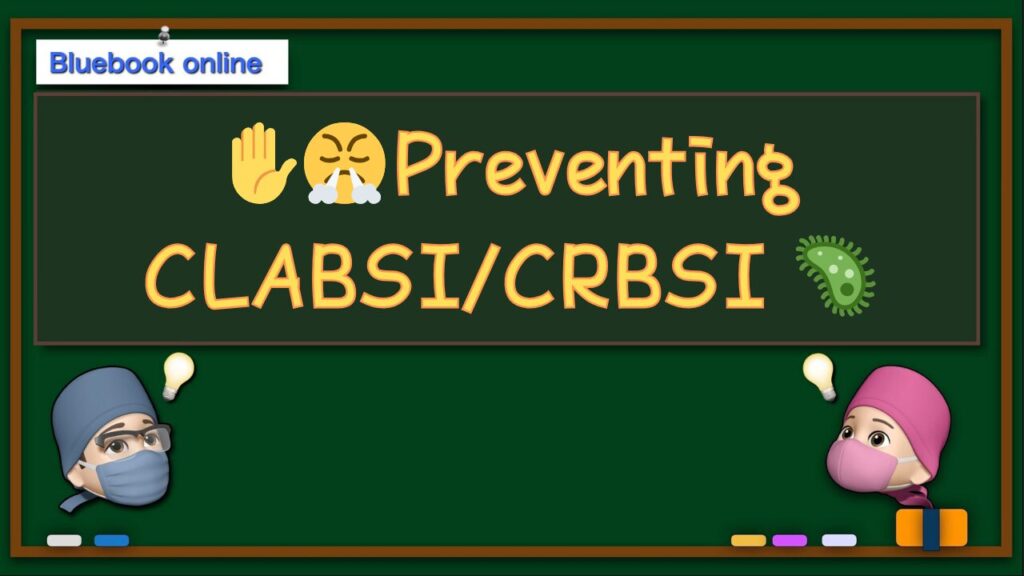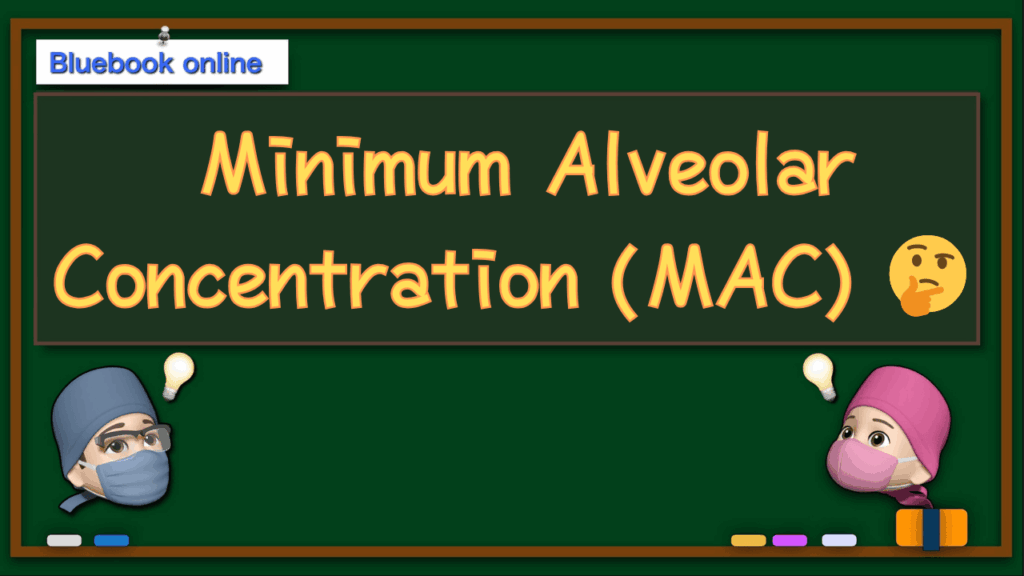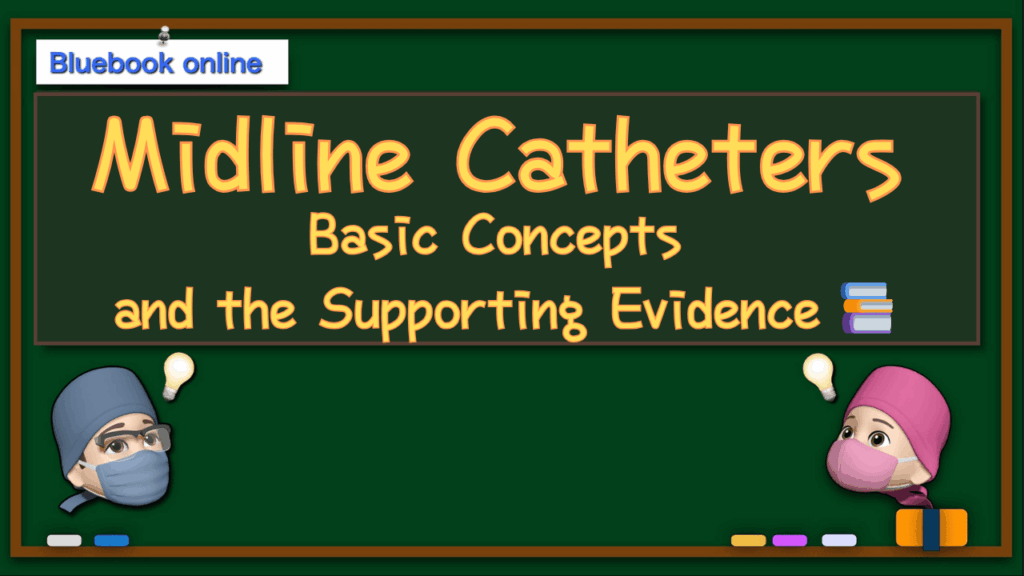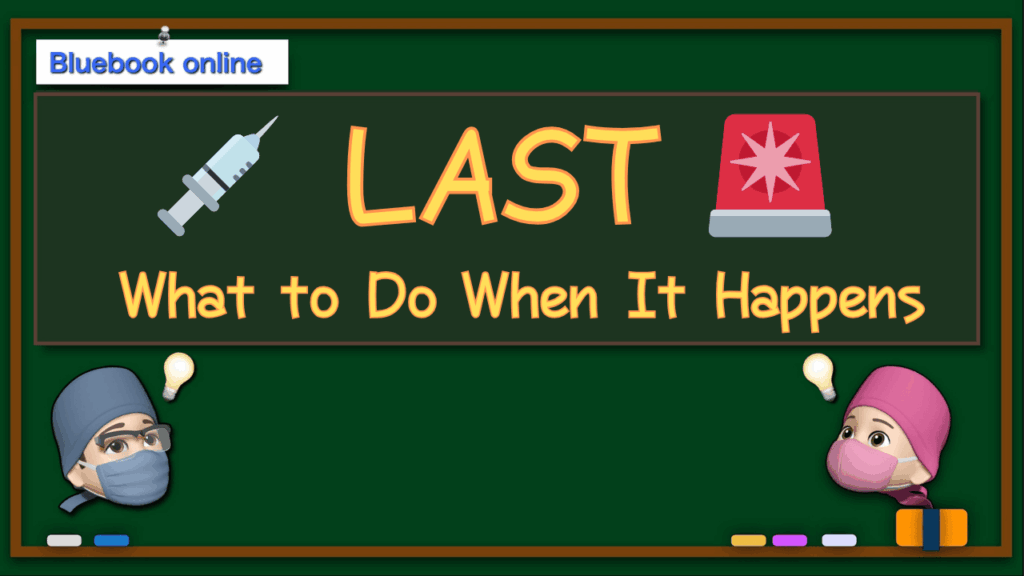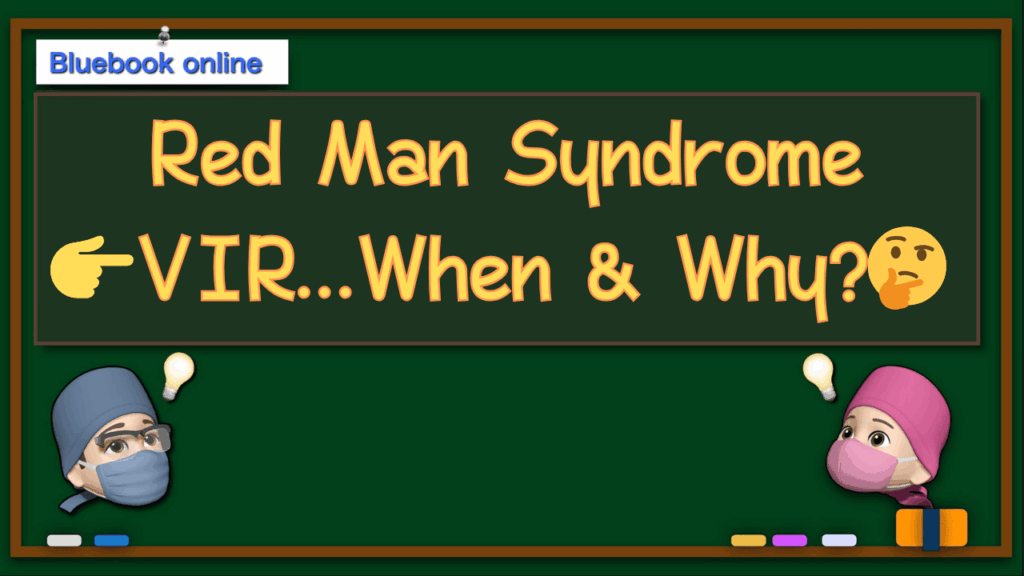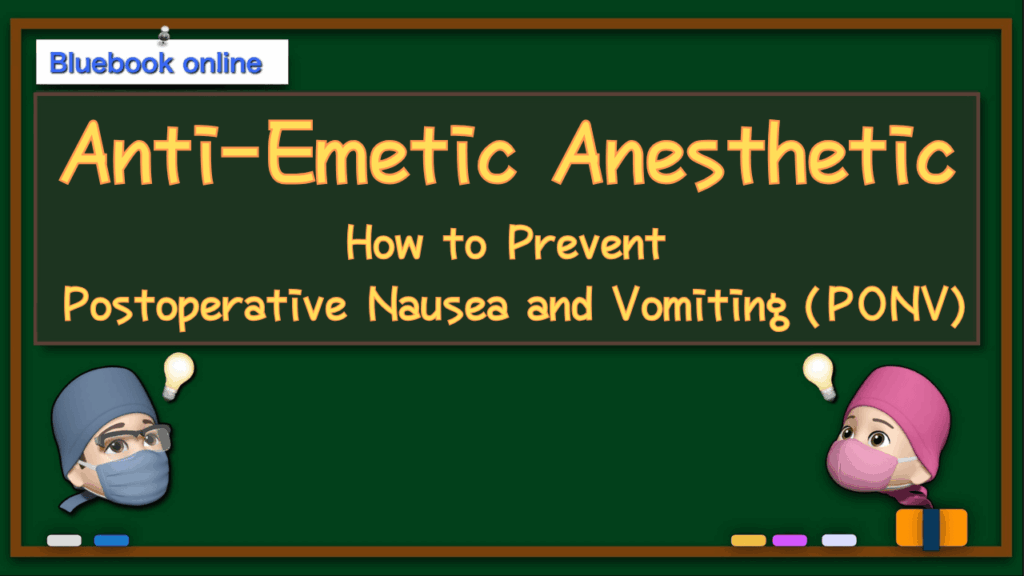perioperative– category –
-

🦠 Preventing Central Line–Associated Bloodstream Infections (CLABSI/CRBSI)✋😤
A clear, evidence-based guide to preventing central line–associated bloodstream infections (CLABSI/CRBSI). From definitions and global infection rates to risk factors, prevention bundles, ultrasound safety, and special considerations such as disinfecting caps and antimicrobial locks — all explained in a practical, perioperative context. -

💨 Minimum Alveolar Concentration (MAC) — Key Concepts😊
Volatile anesthetics such as sevoflurane and desflurane provide immobility but almost no analgesia. This article explains the true meaning of MAC—why “no movement” doesn’t necessarily mean “no pain”—and how balanced anesthesia combines analgesia, hypnosis, and immobility. -

🚭 You know preoperative smoking cessation is necessary — but what about smoking-cessation pharmacotherapies?🤔 – NRT · Varenicline · Bupropion –
Perioperative smoking cessation reduces postoperative complications and should ideally begin ≥4 weeks before surgery. This article reviews the three main pharmacotherapies used around surgery — nicotine replacement therapy (NRT), varenicline, and bupropion — with a focus on perioperative choice, timing, and safety. We summarize evidence (including perioperative RCTs and patient-level meta-analyses), practical decision flows for short vs. longer waiting times, and exam-focused commentary for perioperative management team and anesthesiology board exams. -

☝️ Midline Catheters: An Evidence-Based Review of the “Middle” Option Between PIV and PICC
Midline catheters occupy a practical middle ground between peripheral IVs and PICC lines, suited for short-to-mid-term intravenous therapy (commonly ~5–14 days). This article summarizes definitions, indications/contraindications, ultrasound-guided insertion and management tips, complication recognition and response, and practical decision rules for choosing PIV vs midline vs PICC — all referenced to recent trials, systematic reviews, and INS guidance. Useful for perioperative teams and trainees preparing for perioperative management team and anesthesiology board exam scenarios. -

🚨 Local Anesthetic Systemic Toxicity (LAST): What to Do When It Happens -Based on ASRA guidelines and current clinical reviews (2020–2024)-
A step-by-step ASRA-based guide to treating Local Anesthetic Systemic Toxicity (LAST) with early lipid emulsion therapy, seizure control, and modified ACLS. -

💉 That “Tingling” Might Be LAST — Recognizing the Early Signs of Local Anesthetic Systemic Toxicity😳🚨
A conversational and practical overview of Local Anesthetic Systemic Toxicity (LAST)—how it starts, what to look for, and how to act fast. This article explains early CNS and cardiovascular signs, key risk factors, and first-line management, presented in a real clinical dialogue style for residents and perioperative staff. -

🔴 When “Red Man Syndrome” Became “Vancomycin Infusion Reaction”— Understanding the renamed reaction and why it matters —
The term “Red man syndrome” is now replaced by Vancomycin infusion reaction (VIR)—a non-IgE histamine-release reaction important in perioperative care. -

🤢 Designing an “Anti-Emetic Anesthetic”: How to Prevent Postoperative Nausea and Vomiting (PONV)
Postoperative nausea and vomiting (PONV) remains one of the most unpleasant experiences after anesthesia. This article explains how to predict, prevent, and treat PONV based on the Apfel risk score and the Fourth Consensus Guidelines (2020) — including evidence-based anesthetic techniques, pharmacologic prophylaxis, and rescue strategies for both adults and children. -

💨 Sevo vs Desflurane — Practical Tips for Faster Wakeups and Smoother Mask Inductions🤔
Sevo vs Des: a concise, practical comparison of induction, emergence, low-flow cautions, and environmental impact.
